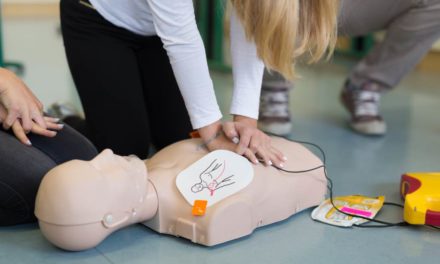Cycling in Britain has never been as popular as it is today, with year upon year more and more people deciding to cycle to work, take up cycling as a hobby or as to get involved in competition. This could be attributed to the fact that the health benefits of the activity are more widely known now to the general population, but also the success of elite level cyclists since the 2008 Beijing Olympics such as Sir Chris Hoy and Victoria Pendleton.
Safety for cyclists is one of the biggest issues faced on a daily basis as they share the roads with cars, vans and lorries, which will be traveling much quicker than the cyclists will and are also much bigger and heavier. Therefore, when all this is combined, it is essential that the individuals involved have a solid knowledge of how to keep safe when travelling on their bikes.
Although many cyclists in Britain will not become elite level athletes, there are tests to help improve their safety and that of those around them. The Cycling Proficiency test and aims to give people the skills, confidence and safety awareness needed to be on the roads. It does so while educating the participants about the Highway Code and through building and improving skills. Over the last 40 years cycling proficiency has helped train over 350,000 people and incorporates a theory element to this educational process which will aid the development on the roads of the children involved.
Bikeability is the “cycling proficiency for the 21st century”, with its purpose to give the next generation skills and confidence on today’s roads. It was estimated that 1.5 million people have been trained by March 2015. It consists of three levels and they can be undertaken by anyone no matter of experience and covers topics such as balance, control and eventually how to handle the busier roads.
By the end of Level 1, learners should be able to fit their own helmet, carry out simple bike checks, control the bike with one hand and look around without wobbling. Level two of this process is usually completed by children in Year 5 and 6, as this is just before they leave primary school.
Building on from Level 1 and 2, Level 3 is where the trainees are taken onto more challenging and different traffic situations. The first two levels may be completed in a school playground or down a quiet road to allow the confidence in the students to grow while not having to worry about the dangers of cars.
They say that you never forget how to ride a bike and this is why cycling safety schemes and initiatives such as cycling proficiency and Bikeability are aimed at young children with the aim that the knowledge and skills learned, demonstrated and developed will stay with them for their lifetime.









